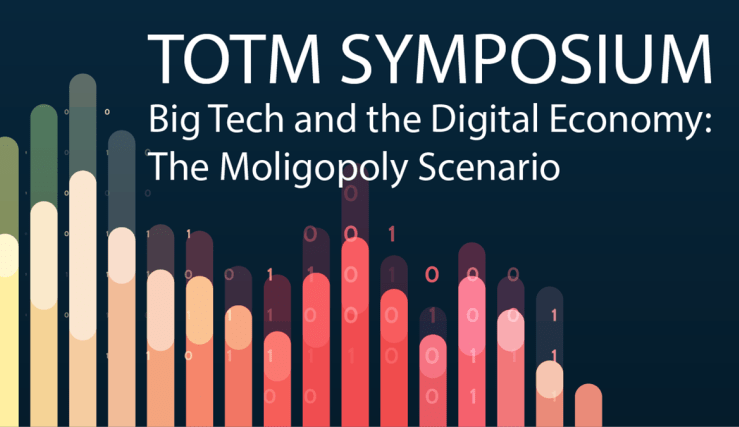Antitrust Statutorification
A lot of water has gone under the bridge since my book was published last year. To close this symposium, I thought I would discuss the new phase of antirust statutorification taking place before our eyes. In the United States, Congress is working on five antitrust bills that propose to subject platforms to stringent obligations, ... Antitrust Statutorification
A few thoughts on the European Commission decision against Google
Regardless of the merits and soundness (or lack thereof) of this week’s European Commission Decision in the Google Shopping case — one cannot assess this until we have the text of the decision — two comments really struck me during the press conference. First, it was said that Google’s conduct had essentially reduced innovation. If ... A few thoughts on the European Commission decision against Google
Antitrust review of ag-biotech mergers: Appropriability versus cannibalization
This symposium offers a good opportunity to look again into the complex relation between concentration and innovation in antitrust policy. Whilst the details of the EC decision in Dow/Dupont remain unknown, the press release suggests that the issue of “incentives to innovate” was central to the review. Contrary to what had leaked in the antitrust ... Antitrust review of ag-biotech mergers: Appropriability versus cannibalization
The Apple tax case: Plain vanilla competition policy?
Since Brussels has ordered Ireland to recover 13€ billion from Apple, much ink has been spilled on the European Commission’s (EC) alleged misuse of power and breach of the “rule of law.” In the Irish Times, Professor Liza Lovdahl-Gormsen wrote that the EC has been “bending” competition law to pursue a corporate taxation agenda in disguise. ... The Apple tax case: Plain vanilla competition policy?
Significant Impediment To Industry Innovation: A novel theory of harm in EU merger policy?
In Brussels, the talk of the town is that the European Commission (“Commission”) is casting a new eye on the old antitrust conjecture that prophesizes a negative relationship between industry concentration and innovation. This issue arises in the context of the review of several mega-mergers in the pharmaceutical and AgTech (i.e., seed genomics, biochemicals, “precision ... Significant Impediment To Industry Innovation: A novel theory of harm in EU merger policy?






